phoenixkiller
Aquarium Advice Addict
Just putting this out there for those who want to try this. Want pics? I'll do what I can.
Anyway, to give you some background, my 10 gallon shrimp tank (That I'm about to tear down) was INFESTED with Planaria. As a first time shrimp keeper, I was really discouraged.
Being the irresponsible teenager that I am, I didn't do anything about it.
The problem got worse.
And worse.
And can you believe it? It got to the point that WCs would not make a dent in their population.
And then, about two weeks ago, I noticed three Hydra creatures in the shadow of my filter intake sponge. I did have the knowledge that this had to stop. Now. I knew that Hydra have the capability and the hunger to kill baby shrimp and fish. So, I did what anyone would have done in this situation.
I panicked.
Wait, what did you say? That's not what you're supposed to do? Oh well, what planet are you from? And quit looking at me like I'm an alien from outer space! lol.
Anyway, I frantically searched for something... something... that could kill these critters.
I looked on PlanetInverts's site, and read their article on killing planaria and hydra alike with a dog dewormer, usually found as Panacur-C. All other info on the web regarding dosing this dog dewormer was rare at best.
I read the article over and over, and read up on Hydra and Planaria.
To those newbies who don't know, I'll give you a definition of Planaria and Hydra.
Planaria:
Small worm creatures with a spade shaped head, very flat, rarely exceeding 3/4 of an inch. They are milky-white in color, and are the #1 pest of the shrimpers world, tied only with Hydra for their position. They are harmless, which is why I felt no immediate danger. They are usually caused by dirty substrate and overfeeding, a common trait of new shrimp keepers.
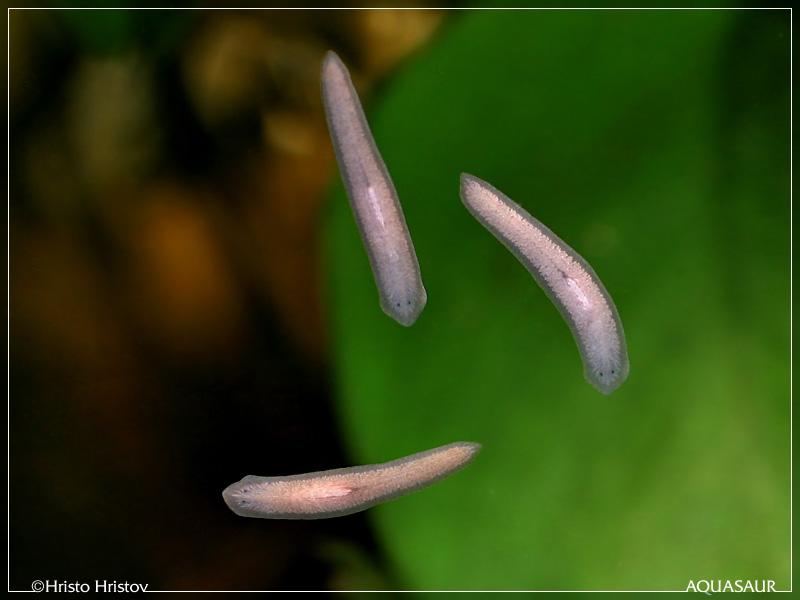
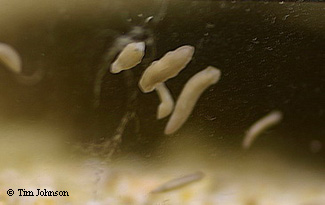
Couple different pictures of the critters.
Hydra:
Small, 1/4" white creatures, related to the popular saltwater creatures known as corals. They look like a coral, only in miniscule size. Like corals, they have a biting sting to small things, capable of killing and eating baby shrimp and fish fry. This is why I panicked, I knew that my shrimplets were in mortal danger. DO NOT confuse this creature for the Detritus worm!
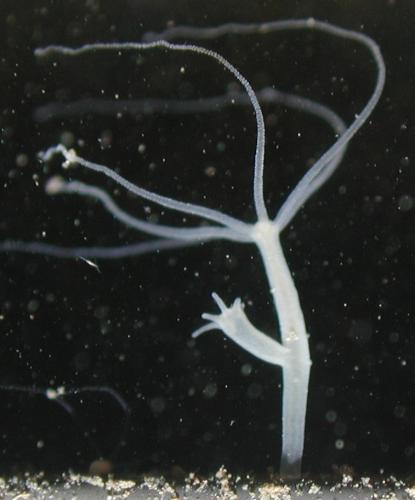
This is a hydra, I didn't see mine with the little offshooting part though. It was just the big part.
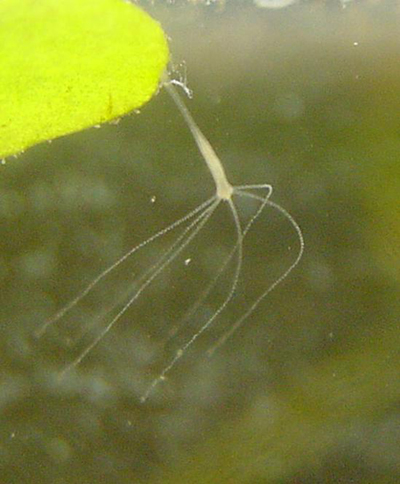
Another hydra, this one is just a littl bigger than mine were, but looked exactly like them. They actually look kinda cool, but heck, I hate 'em, as do most.
Now I looked over the part about people dosing the Fenbendazole (Panacur-C was what it was sold under). Many methods were used, but this is what I did. By no means is this the only way to do it, but heck, it worked for me.
I bought the package of it off eBay that specified it contained three 1-gram packets (I should add that Fenbendazole can also be found at Petsmart).
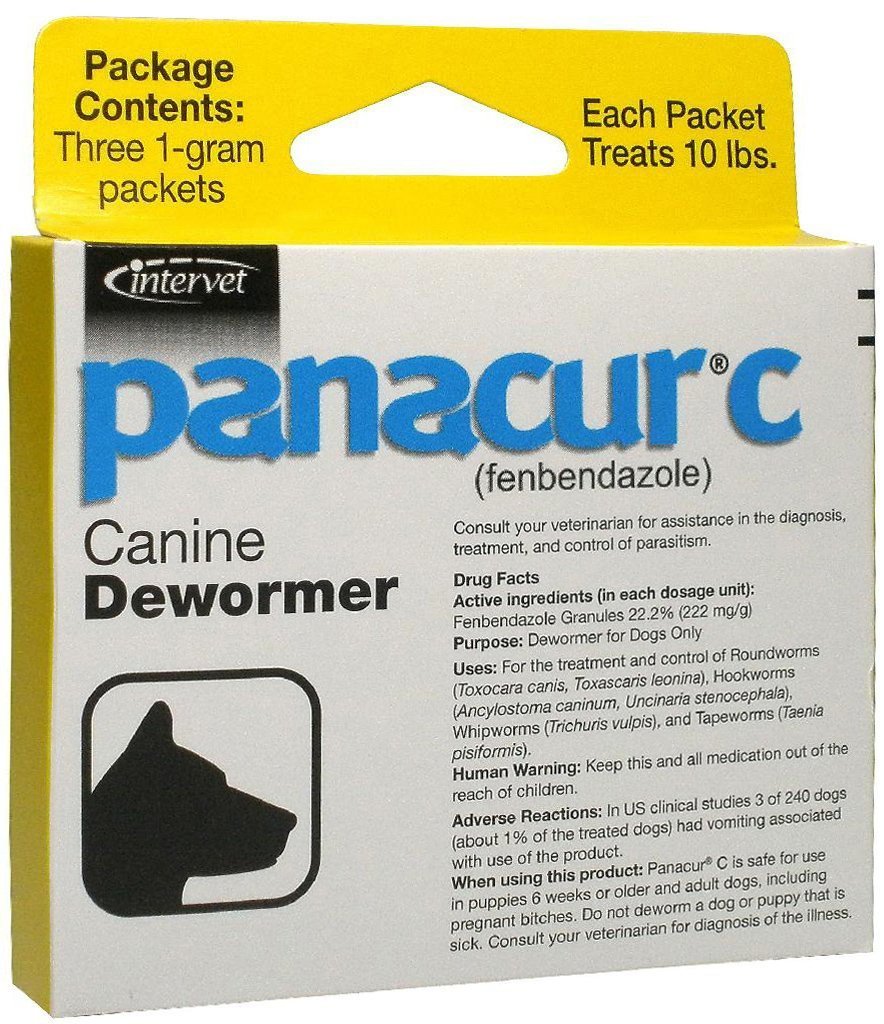
The article said I had to dose 0.1 grams per 10 gallons, this is the minimum dose, the only dose safe for shrimp (Or so I assumed). I knew my gram scale used for measuring dry plant ferts could not register such a small amount of powder, so I ad libbed it. Not necessarily smart, but where would we be without experimenters? I filled a clean empty water bottle (I used this water bottle for priming filters, so it had only seen tank water. Hence, its cleanliness)
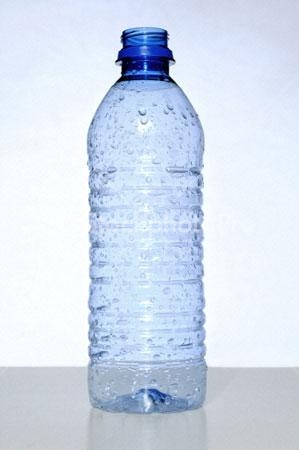
with 200 mL of distilled water (I do not know if you need distilled or not, but that's just what I used). I then poured a full 1 gram packet into the water, and shook it for some time!
Since the recommended dose was 0.1 gram per 10 gallons, I put in 20 mL of water which, if I shook it well enough, should contain about 0.1 grams of the Fenbendazole. I measured out approximately 20 mL of the milky white solution with a medicine syringe thingy,
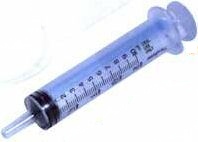
and squirted the solution directly on all the visible Hydra and Planaria. After I squirted the visible ones. I stuck the syringe into the gravel (Which is where the planaria live and breed) and squirted a few mL per about say 6 square inches. The gravel became laced with the solution, and I squirted until I had completed the dose.
Unfortunately I did not see instant results, as my patience is about nil. So I felt like I panicked, bought, researched, and worked for nothing. So I sullenly went to bed.
When the lights came on the next morning (The lights work on a timer), I peered into the tank, fully expecting to see everything still alive (Planaria and Hydra).
I was pleasantly surprised.
The planaria, which had been so numerous that I would see dozens at a time, were gone, and the Hydra were reduced to shriveled stumps. The next day, the hydra were completely gone, and I inwardly rejoiced.
So here I am, a week later, and I have yet to see any more pests in the tank.
I think that there may be a few stragglers, so I'm gonna dose a few more times, but I don't think it'll be a problem again.
So, you spend like $10.00-$15.00 and kill a devastating pest infestation.
To break it down into steps for you, here's what you do:
1. Positively identify hydra and/or planaria in the tank. Their numbers matter not.
2. Go to eBay, find the cheapest option for Panacur-C, the package containing three 1-gram packets of the Fenbendazole. Buy it.
3. When it arrives, rinse an empty water bottle (Or other tightly sealing device) with dechlorinated or distilled water, and then fill it with 200 mL of either RO/distilled or dechlorinated tap water.
4. Tear open the packet, and pour the contents not into the water, but into a baggie. Using a rolling pin or some other broad, heavy object, crush the Fenbendazole granules into a POWDER.
5. Pour the powderized Fenbendazole into the water you prepared in the water bottle.
6. This step is one of the most important of all. Shake the Fenbendazole in the water until your arms hurt. There may not be total dissolvation, but do your best!!!
7. Measure out 20 mL per 10 gallons of tank water. Squirt at all visible Planaria/Hydra, then inject the remaining amount of the dose into the substrate. I don't think squirting it into the substrate is required, but it made me feel good.
8. Go to bed.
9. Even if the pests are all dead, dose again every 24 hours for a few more days.
10. Enjoy pest free tanks!
I am by no means an expert, but I thought I would just post my success with killing these pests.
Prevention tips are:
1. Feed sparingly. This is the number one cause for infestations. Uneaten food is food for pests like Planaria and Hydra.
2. Clean your tank thoroughly. A gravel vacuum should be thoroughly used, don't forget it!
3. Do your homework on these pests! Don't only look back at this thread, this has no where near all the info. Read up on these guys, this will definitely help you prevent these pests if you are serious about keeping them away.
4. DON'T BE CARELESS! I was careless, and I payed for it. Keep and eye out for pests, and be quick to fix the issue.
So post about this! Comment, subscribe, criticize, or just plain comment, and recommend edits or changes. I will indeed change it to make it better.
Thanks for reading, have a great night!!

Anyway, to give you some background, my 10 gallon shrimp tank (That I'm about to tear down) was INFESTED with Planaria. As a first time shrimp keeper, I was really discouraged.
Being the irresponsible teenager that I am, I didn't do anything about it.
The problem got worse.
And worse.
And can you believe it? It got to the point that WCs would not make a dent in their population.
And then, about two weeks ago, I noticed three Hydra creatures in the shadow of my filter intake sponge. I did have the knowledge that this had to stop. Now. I knew that Hydra have the capability and the hunger to kill baby shrimp and fish. So, I did what anyone would have done in this situation.
I panicked.
Wait, what did you say? That's not what you're supposed to do? Oh well, what planet are you from? And quit looking at me like I'm an alien from outer space! lol.
Anyway, I frantically searched for something... something... that could kill these critters.
I looked on PlanetInverts's site, and read their article on killing planaria and hydra alike with a dog dewormer, usually found as Panacur-C. All other info on the web regarding dosing this dog dewormer was rare at best.
I read the article over and over, and read up on Hydra and Planaria.
To those newbies who don't know, I'll give you a definition of Planaria and Hydra.
Planaria:
Small worm creatures with a spade shaped head, very flat, rarely exceeding 3/4 of an inch. They are milky-white in color, and are the #1 pest of the shrimpers world, tied only with Hydra for their position. They are harmless, which is why I felt no immediate danger. They are usually caused by dirty substrate and overfeeding, a common trait of new shrimp keepers.


Couple different pictures of the critters.
Hydra:
Small, 1/4" white creatures, related to the popular saltwater creatures known as corals. They look like a coral, only in miniscule size. Like corals, they have a biting sting to small things, capable of killing and eating baby shrimp and fish fry. This is why I panicked, I knew that my shrimplets were in mortal danger. DO NOT confuse this creature for the Detritus worm!

This is a hydra, I didn't see mine with the little offshooting part though. It was just the big part.

Another hydra, this one is just a littl bigger than mine were, but looked exactly like them. They actually look kinda cool, but heck, I hate 'em, as do most.
Now I looked over the part about people dosing the Fenbendazole (Panacur-C was what it was sold under). Many methods were used, but this is what I did. By no means is this the only way to do it, but heck, it worked for me.
I bought the package of it off eBay that specified it contained three 1-gram packets (I should add that Fenbendazole can also be found at Petsmart).

The article said I had to dose 0.1 grams per 10 gallons, this is the minimum dose, the only dose safe for shrimp (Or so I assumed). I knew my gram scale used for measuring dry plant ferts could not register such a small amount of powder, so I ad libbed it. Not necessarily smart, but where would we be without experimenters? I filled a clean empty water bottle (I used this water bottle for priming filters, so it had only seen tank water. Hence, its cleanliness)

with 200 mL of distilled water (I do not know if you need distilled or not, but that's just what I used). I then poured a full 1 gram packet into the water, and shook it for some time!
Since the recommended dose was 0.1 gram per 10 gallons, I put in 20 mL of water which, if I shook it well enough, should contain about 0.1 grams of the Fenbendazole. I measured out approximately 20 mL of the milky white solution with a medicine syringe thingy,

and squirted the solution directly on all the visible Hydra and Planaria. After I squirted the visible ones. I stuck the syringe into the gravel (Which is where the planaria live and breed) and squirted a few mL per about say 6 square inches. The gravel became laced with the solution, and I squirted until I had completed the dose.
Unfortunately I did not see instant results, as my patience is about nil. So I felt like I panicked, bought, researched, and worked for nothing. So I sullenly went to bed.
When the lights came on the next morning (The lights work on a timer), I peered into the tank, fully expecting to see everything still alive (Planaria and Hydra).
I was pleasantly surprised.
The planaria, which had been so numerous that I would see dozens at a time, were gone, and the Hydra were reduced to shriveled stumps. The next day, the hydra were completely gone, and I inwardly rejoiced.
So here I am, a week later, and I have yet to see any more pests in the tank.
I think that there may be a few stragglers, so I'm gonna dose a few more times, but I don't think it'll be a problem again.
So, you spend like $10.00-$15.00 and kill a devastating pest infestation.
To break it down into steps for you, here's what you do:
1. Positively identify hydra and/or planaria in the tank. Their numbers matter not.
2. Go to eBay, find the cheapest option for Panacur-C, the package containing three 1-gram packets of the Fenbendazole. Buy it.
3. When it arrives, rinse an empty water bottle (Or other tightly sealing device) with dechlorinated or distilled water, and then fill it with 200 mL of either RO/distilled or dechlorinated tap water.
4. Tear open the packet, and pour the contents not into the water, but into a baggie. Using a rolling pin or some other broad, heavy object, crush the Fenbendazole granules into a POWDER.
5. Pour the powderized Fenbendazole into the water you prepared in the water bottle.
6. This step is one of the most important of all. Shake the Fenbendazole in the water until your arms hurt. There may not be total dissolvation, but do your best!!!
7. Measure out 20 mL per 10 gallons of tank water. Squirt at all visible Planaria/Hydra, then inject the remaining amount of the dose into the substrate. I don't think squirting it into the substrate is required, but it made me feel good.
8. Go to bed.
9. Even if the pests are all dead, dose again every 24 hours for a few more days.
10. Enjoy pest free tanks!
I am by no means an expert, but I thought I would just post my success with killing these pests.
Prevention tips are:
1. Feed sparingly. This is the number one cause for infestations. Uneaten food is food for pests like Planaria and Hydra.
2. Clean your tank thoroughly. A gravel vacuum should be thoroughly used, don't forget it!
3. Do your homework on these pests! Don't only look back at this thread, this has no where near all the info. Read up on these guys, this will definitely help you prevent these pests if you are serious about keeping them away.
4. DON'T BE CARELESS! I was careless, and I payed for it. Keep and eye out for pests, and be quick to fix the issue.
So post about this! Comment, subscribe, criticize, or just plain comment, and recommend edits or changes. I will indeed change it to make it better.
Thanks for reading, have a great night!!

Last edited:
